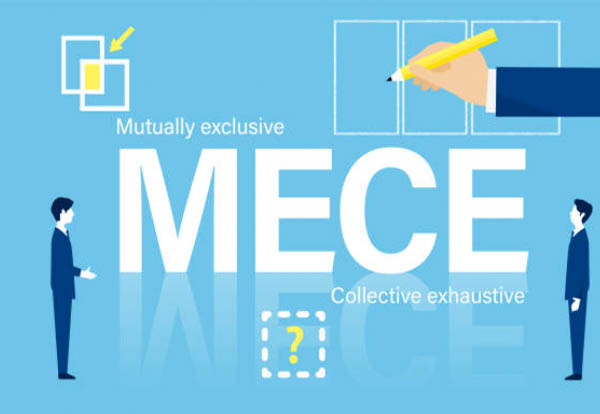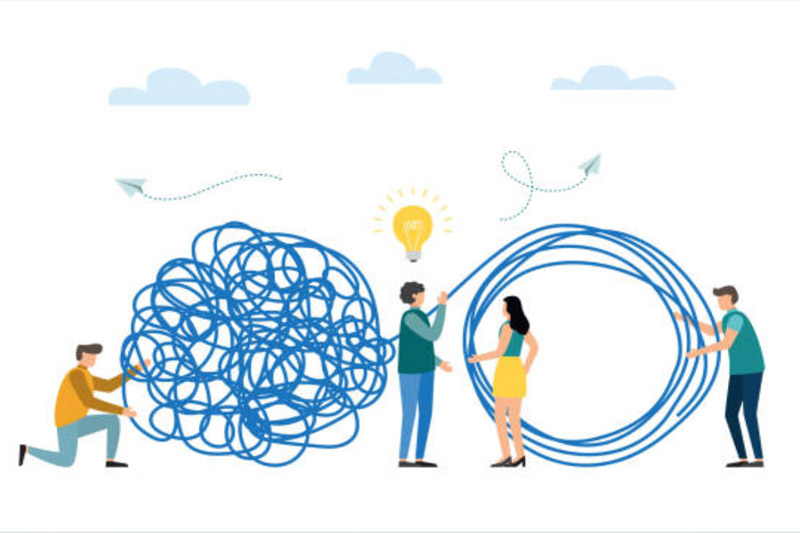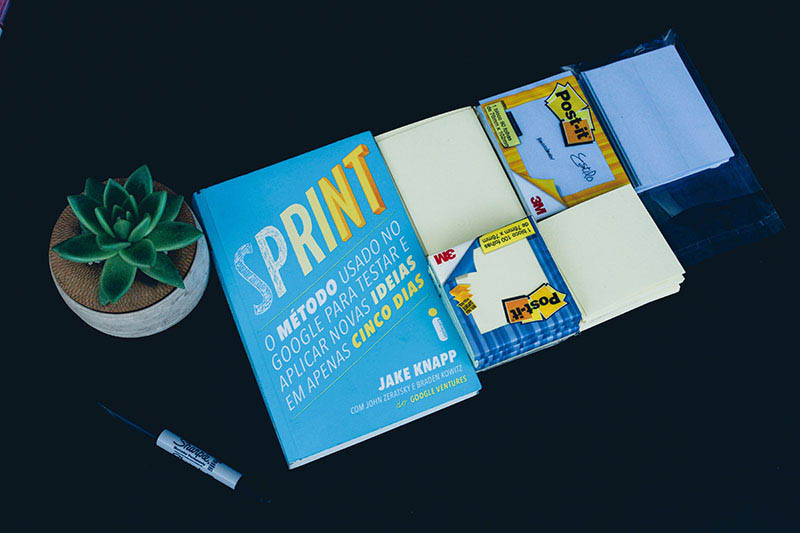
Customer Development
What is Customer Development? The concept of Customer Development from Steve Blank’s book “The Four Steps to the Epiphany.” At its core, Customer Development is a methodology that challenges the conventional wisdom of product-centric entrepreneurship,
Read More ⟶
AI for Product Managers
How Product Managers Can Use A.I. In the dynamic landscape of product management, where innovation and user satisfaction are paramount, the integration of artificial intelligence (AI) tools has emerged as a pivotal force. These tools
Read More ⟶
Hypothesis-Driven Development
Hypothesis-Driven Development Hypothesis-Driven Development (HDD) is a software development approach rooted in the philosophy of systematically formulating and testing hypotheses to drive decision-making and improvements in a product or system. At its core, HDD seeks
Read More ⟶
True Purpose of MVP
The True Purpose of MVPs Minimum viable product (MVP) is a popular concept in the product circle. Product managers, designers, and developers are well familiar with it – but there is considerable misunderstanding and misguided
Read More ⟶
Requirements Aren’t Required
Requirements Aren’t Required It is common for companies to draw up a document containing product requirements when building a new solution, especially in Waterfall environments. This sets the tone for what the development team would
Read More ⟶
Dealing With Hostile Sales Teams
Dealing With Hostile Sales Teams As product managers, we need to work with other teams to achieve our goals. This isn’t always an easy thing to do. There are often frictions when trying to get
Read More ⟶
Product Discovery Pitfalls
Common Product Discovery Pitfalls to Avoid Product discovery is a key process when it comes to creating products that customers want. It helps us to understand the customer and their needs or pain points. Also,
Read More ⟶
When To Do a Design Sprint
When To Do a Design Sprint? Introduced by Jake Knapp while at Google Ventures, Design Sprint is a five-day process that is employed by startups and businesses to solve complex problems and validate ideas. It
Read More ⟶
When to Listen and When to Watch
When to Listen and When to Watch Teams should be user-focused in their work and a part of the requirements is for them to listen to users. Yet, when building great products, it is sometimes
Read More ⟶
MECE Principal
What is the MECE Principal? MECE stands for Mutually Exclusive, Collectively Exhaustive – “completely” is sometimes used in place of “collectively.” It is a principle commonly used by management or strategy consultants for making complex
Read More ⟶
Product Feedback
Obtaining User Feedback With so many questions going unanswered, Product Feedback is an uphill task, but one that can be done with expertise if the company is well-equipped and ready to do the job. The
Read More ⟶
Opportunity Space
Opportunity Space Product teams are familiar with the terms, problem space and solution space. One relates to the needs of customers while the other is finding a solution to the identified problems. But there is
Read More ⟶
The User Is Drunk
What is The User Is Drunk? The ” User is Drunk” concept in Product design stresses the need to make things as simple as possible when designing products or websites. It underscores the importance of
Read More ⟶
Opportunity Solution Tree
What is an Opportunity Solution Tree ? Opportunity Scoring Tree (OST) is a diagram that aims to help the product discovery process to run smoothly. The visual aid provides clarity on how you intend to
Read More ⟶
PERT Chart
What is a PERT Chart? PERT stands for Program (or Project) Evaluation and Review Technique, an approach for analyzing and presenting the tasks involved in a project. The PERT chart is a diagram displaying the
Read More ⟶
Product Design
What is Product Design? There is a lot of overlap between these two roles, though Product Design inherently rooted in User Experience and Product Management more rooted in business. Both roles focus on creating value
Read More ⟶
User Research
What is User Research? User research refers to the practice of trying to understand the user, their needs, and thought processes. It is about taking in user behaviors, motivations, and experiences through observation or data-driven
Read More ⟶
Beta Testing
A beta test is the last limited release that may be implemented for a major new piece of software, before entering General Availability for the broader market. It is the second or final testing that
Read More ⟶
What is Stakeholder Analysis?
A stakeholder analysis can be described as the process of assessing a system, program, or project and determining relevant parties. It entails identifying persons or groups that have interests or play a part in a
Read More ⟶
Product Opportunity Heuristics
How to Recognize Great Ideas Worth Working On Businesses thrive on identifying opportunities and making the most of them. A good entrepreneur or product manager must have rules for an effective evaluation of opportunities to
Read More ⟶
Feature Gap Analysis
Prioritization is something that every good product manager knows how to do. With limited resources available, a Product Manager but must pay more attention to features that offer the most value to both the company
Read More ⟶
Assumptions Mapping for Product Discovery
It might not be correct to assume your market is excited as excited about your product as you are. Products that their originators thought would be great don’t always end up as winners. This is
Read More ⟶
Continuous Discovery
What is Continuous Discovery? The traditional approach to product discovery involves devoting time to discovery before beginning development. A period, which may be several weeks or even months, is set aside to determine the needs
Read More ⟶
Product/Market Fit
What is Product/Market Fit? Product-market fit is a popular concept and a quick search will provide you numerous pages discussing it. However, many people still do not have a good enough understanding of it, especially
Read More ⟶
Problem Space vs. Solution Space
Good requirements are essential ingredients for producing winning solutions. However, Product Managers often struggle producing them, giving the engineering team something less valuable to work with. The issues in many cases are misplaced attention and
Read More ⟶
User Personas
A persona is an imaginary portrayal of what you know about your customers. It is reflects the attitude, needs, and behaviors…
Read More ⟶
Kano Model
The Kano Model is a simple four-point chart that is often used in Product development to help determine user satisfaction. The Model was created by Noriaki Kano and his team in 1984 to help categorize
Read More ⟶
Jobs to be Done (JTBD)
What are Jobs to Be Done? Customers don’t just buy a product, they “hire” a product to do a job. When you think about it from this perspective, you begin to understand the “why” behind
Read More ⟶
Hooked Method
What is the Hooked Method? The “Hooked” method came about from a book written by Nir Eyal in 2014 called “Hooked: How to Build Habit-Forming Products”. He spent years researching how Products and more specifically
Read More ⟶
Design Thinking
What is Design Thinking? Design thinking is a high-level framework that has become popular recently for people to apply design principles to solving other types of problems. The principal concept is that you identify the
Read More ⟶
Customer Journey Map
What is a Customer Journey Map? A customer’s Journey is what a customer experiences from the beginning to the end of their time spent engaging with your product. The journey is a complete sum of
Read More ⟶
Customer Personas
Product Personas are a technique for capturing insights from your users that help you to identify and understand the different types of customers that will be using your product. The persona is a fictional creation
Read More ⟶
Five Whys
What Are the 5 Whys? The 5 Whys is an iterative interrogative approach to solving a problem, that explores cause and effect. Using the 5 Whys is like peeling an onion, every “Why” gets you
Read More ⟶
Minimal Viable Product (MVP)
What is an MVP? A Minimal Viable Product (MVP) is a product that is introduced into the market in the early stages of development, in order to elicit feedback and find product-market as quickly as
Read More ⟶
AARRR Metrics
What is the Pirate Metric? (AARRR) Often coined the “Pirate Metric”, AARRR is a 5 step metric created by Angel investor and founder of startup accelerator 500 startups, Dave McClure. The metric is often called
Read More ⟶
Product Ideation
In today’s hyper-fast and intensely competitive market, a continual stream of ideas is necessary to keep the innovation of your product ahead of the competition. With attention spans being shorter than ever, Product Managers have
Read More ⟶
Buy a Feature Prioritization
What is Buy A Feature Prioritization? Buy-a-Feature is a prioritization framework that puts the decision of feature prioritization in the hands of the customer. Typically feature prioritization falls on the Product Manager and their team.
Read More ⟶
Voice of the Customer
What is the Voice of the Customer (VOC)? Voice of the customer, or VoC, refers broadly to the various processes by which organizations gather feedback from their customers, and advocate for the interests of customers
Read More ⟶
Product Requirements Document (PRD)
What is a Product Requirements Document? In the realm of product development, a Product Requirements Document (PRD) stands as a linchpin, serving as the bedrock upon which the entire process hinges. This comprehensive document meticulously
Read More ⟶